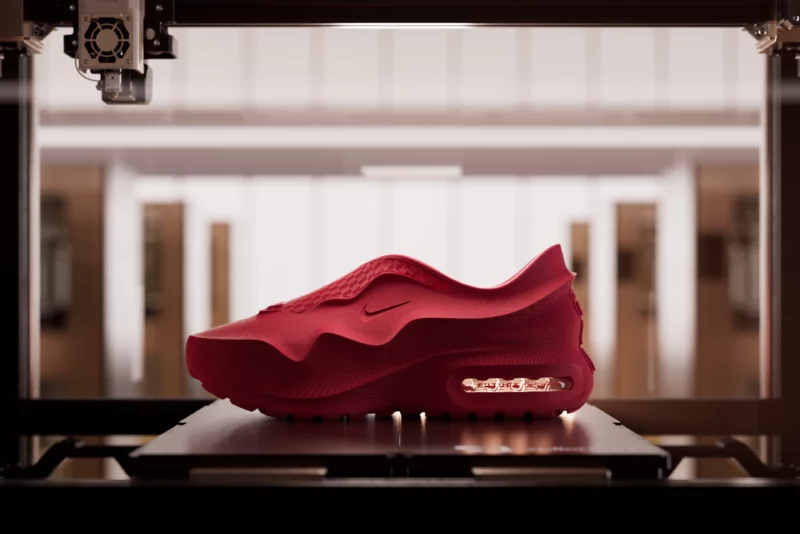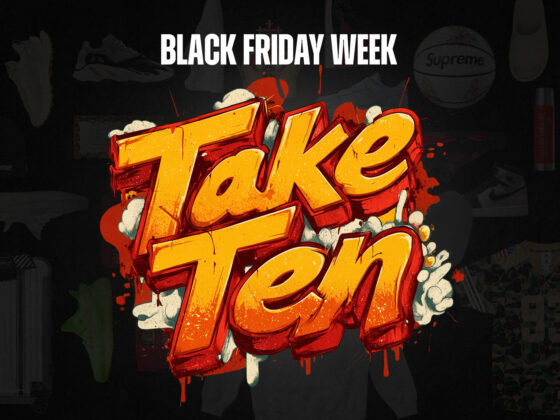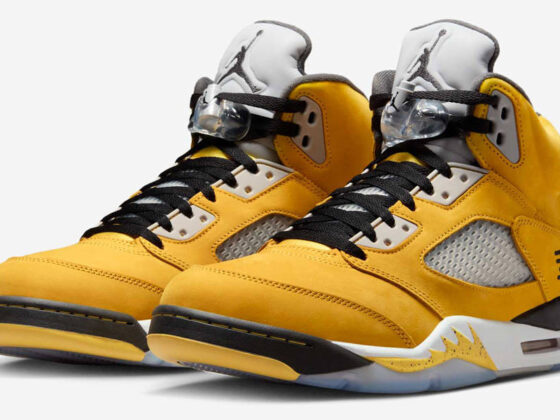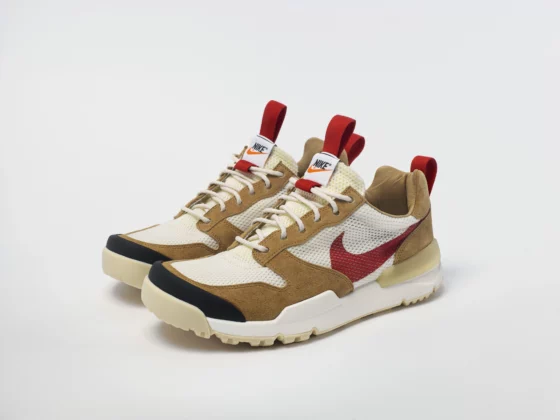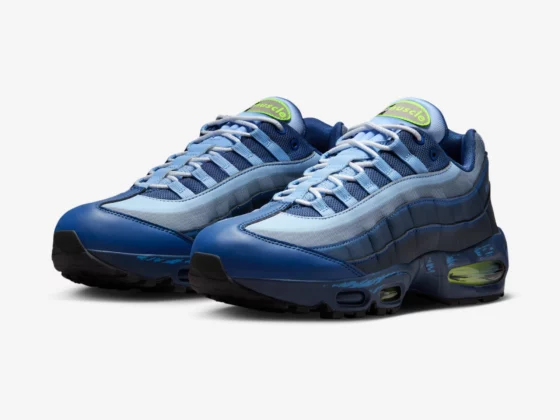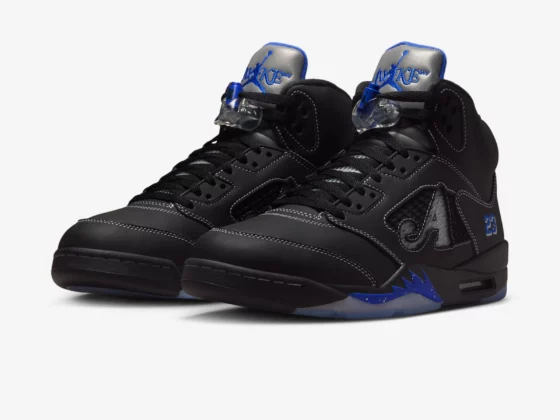We’ve had dad shoes, we’ve had ugly shoes, we’ve had sneaker/dress shoe hybrids. Now, get ready for 3D. Since 2020, there have been several attempts at 3D printed sneakers, including adidas’s 4D Ultra model. While these early attempts may have showcased the technology’s potential, it never caught on with sneakerheads at large, until now.
This trend can be seen across all the big shoe brands. Last year, Puma put out a 3D slip-on version of their iconic Mostro model in collaboration with A$AP Rocky. This summer, adidas used 3D printing to produce the next step in their Climacool line. But recently, Nike have captured the moment with the Air Max 1000.
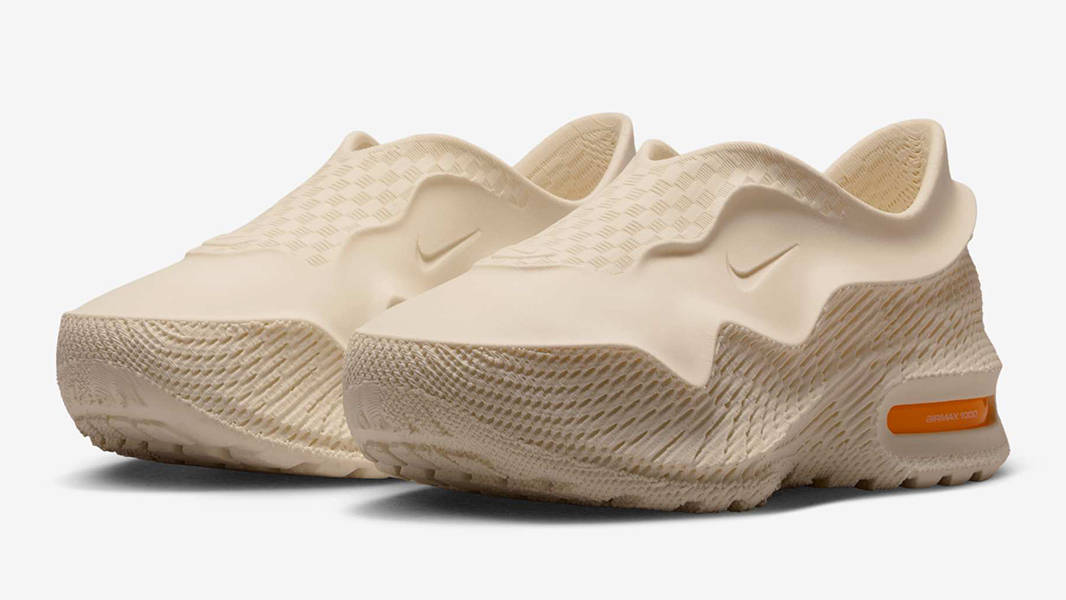
The Air Max 1000 is made in collaboration with Zellerfeld, a German company that specialises in the manufacture of 3D-printed footwear. As the name suggests, the 1000 pays homage to the classic Air Max 1 shape, but with a new laceless, futuristic build complete with a Max Air unit in the heel. These pairs have gained a serious amount of hype. All four colourways released so far going for massive prices on the resale market. Nike is also keeping this momentum going with the Air Max 95000, a follow-up model recently unveiled at CompexCon 2025.
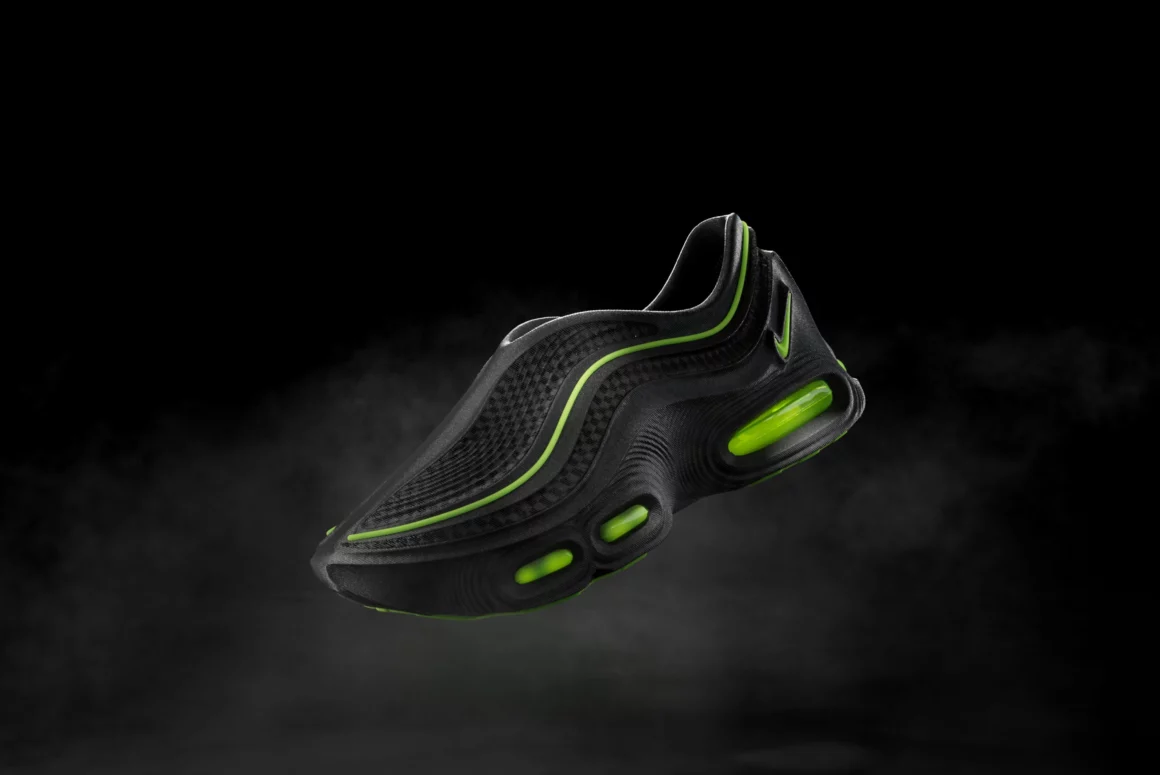
3D printed shoes come with a ton of benefits. First is the materials and construction. The new adidas Climacool24 takes the line’s mission statement of breathability to the next level with its open lattice structure, allowing air to flow in and out from 360 degrees. Zellerfeld’s shoes are made using a specially developed TPU called zellerFOAM, which they claim is 100% recyclable, breathable, and washable.
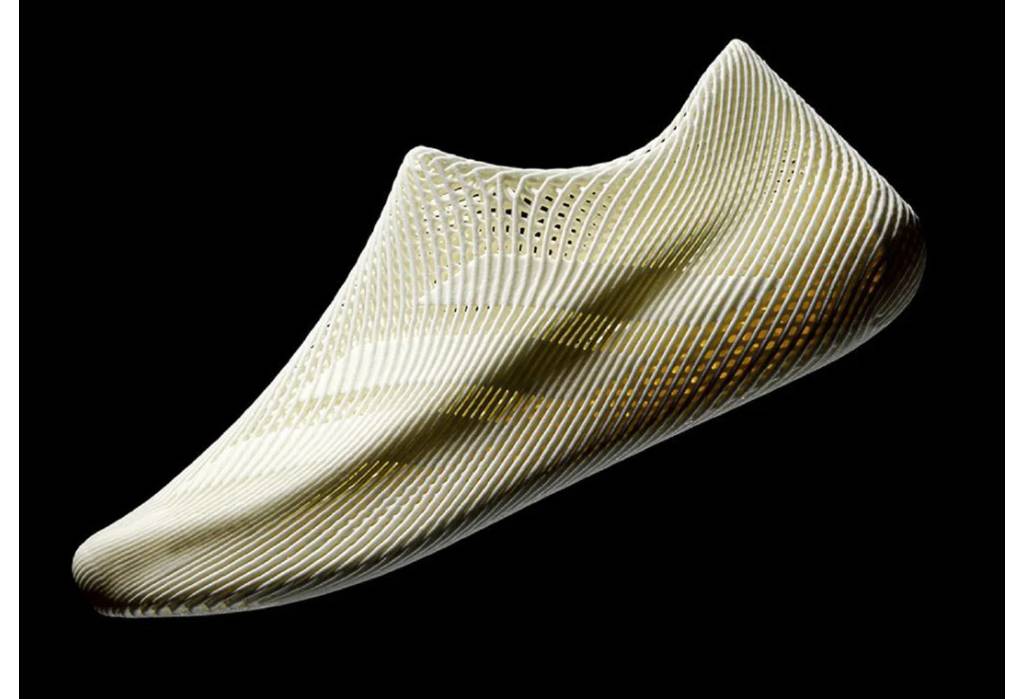
Another big benefit is the fit. Zellerfeld allows users to upload a 3D scan of their feet to their website after they purchase a shoe. From there, Zellerfeld can print a pair of shoes based on that scan. This gives the shoe a 1-to-1, second skin feel. So if you’re always in between sizes, this could be the move for you.
The 3D push could not have come at a better time, with companies looking to move past a reliance on retro models and innovate. While purists will always have their preferences, it’s clear to early adopters that the perks go way beyond gimmicks.



